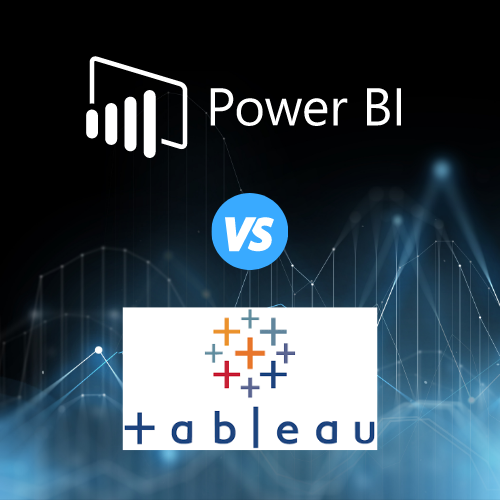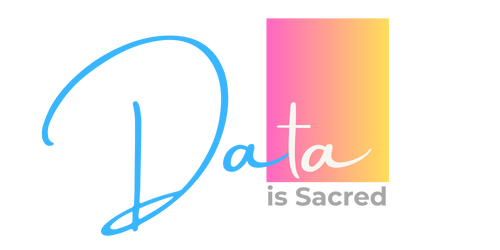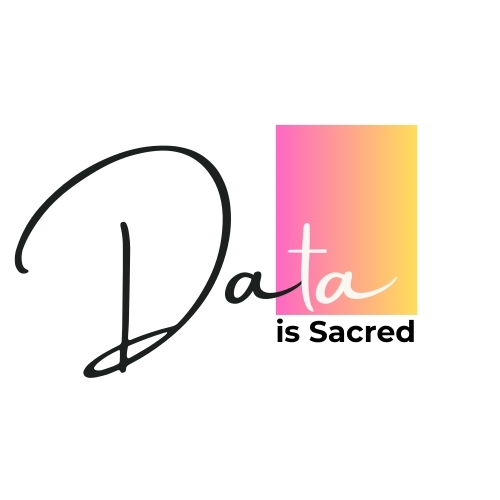As someone who wrangles BIG data, and then activate it to tell a coherent story it is imperative that I keep myself updated with most of the data visualization, BI tools.
Tools made for data analysts, for the less tech savvy business users or the ones catering to the very niche data engineer segment – they come in all shapes and colors.
For today, let me share a quick, comparative evaluation of TABLEAU and POWER BI – tools which have consistently ranked in the Leader’s Segment of Gartner’s magic quadrant.
Refer this link to the latest Gartner report- 2020 (Link)

COMPARISON of Power BI vs TABLEAU:
| Parameters | Power BI | Tableau |
| Performance | It lacks behind on data visualizations when compared to Tableau | They are more User-friendly because Non- technical users can work with this tool. They use cubic Technique |
| User Interface | Dashboards are the key feature of PowerBI when has a good User interface to publish the report. | User Interface is better |
| Ease of learning | User-friendly- Knowledge of Excel is enough | They do not require any technical or programming skills to work with. |
| Supportive requirements | Power BI has Power BI desktop, Gateway | They work with front-end tool such as R. |
| Cost- Effectiveness | Less expensive | More expensive as it loads a data warehouse. |
| Online Analytical Programming | They connect to OLAP cubes via SQL servers for multidimensional analysis. | Tableau can connect to OLAP taking out the cube measures at the deepest level. |
| Speed | They have smart recovery | Speed depends on RAM and data sets. |
| Advantage | Power BI are inexpensive and have scalability for larger projects. | They are top ranked in intelligence visualizations. |
| Pricing | Low | High |
| Application | Dashboards | AD-Hoc Analysis |
| Users | Technical/Non technical People | Analysts |
| Support Level | Low | High |
| Scalability (Large Data-Sets) | Good | Very Good |
| Licensing | Rigid | Flexible |
| Overall functionality | Good | Very Good |
| Infrastructure | Software as a Service | Flexible |
| Document Management | Yes- PDF, .csv, Excel etc | Yes- PDF, .csv, Excel etc |
| Machine Learning | Power BI is integrated with Microsoft Azure, It helps in analyzing the data and understanding the trends and patterns of the product/business. | Python machine learning capacities are inbuilt with Tableau, making it efficient for performing ML operations over the datasets. |
| Performance | It can handle a limited volume of data. | It can handle a huge volume of data with better performance. |
| Data Capacity | Each workspace/group could handle up to 10 GB of Data. For more than 10GB, Either Data needs to be in a cloud(Azure) | Tableau works on the columnar based structure which stores only unique values for each column making it possible to fetch Billions of rows. |
| Data Sources | Limited access to other databases and servers, when compared to Tableau. | It has access to numerous database sources and servers. |
In conclusion, both Power BI tools and Tableau has its own features, pros, and cons. It all depends upon the business needs and requirements.
What do you think?
Adios!

